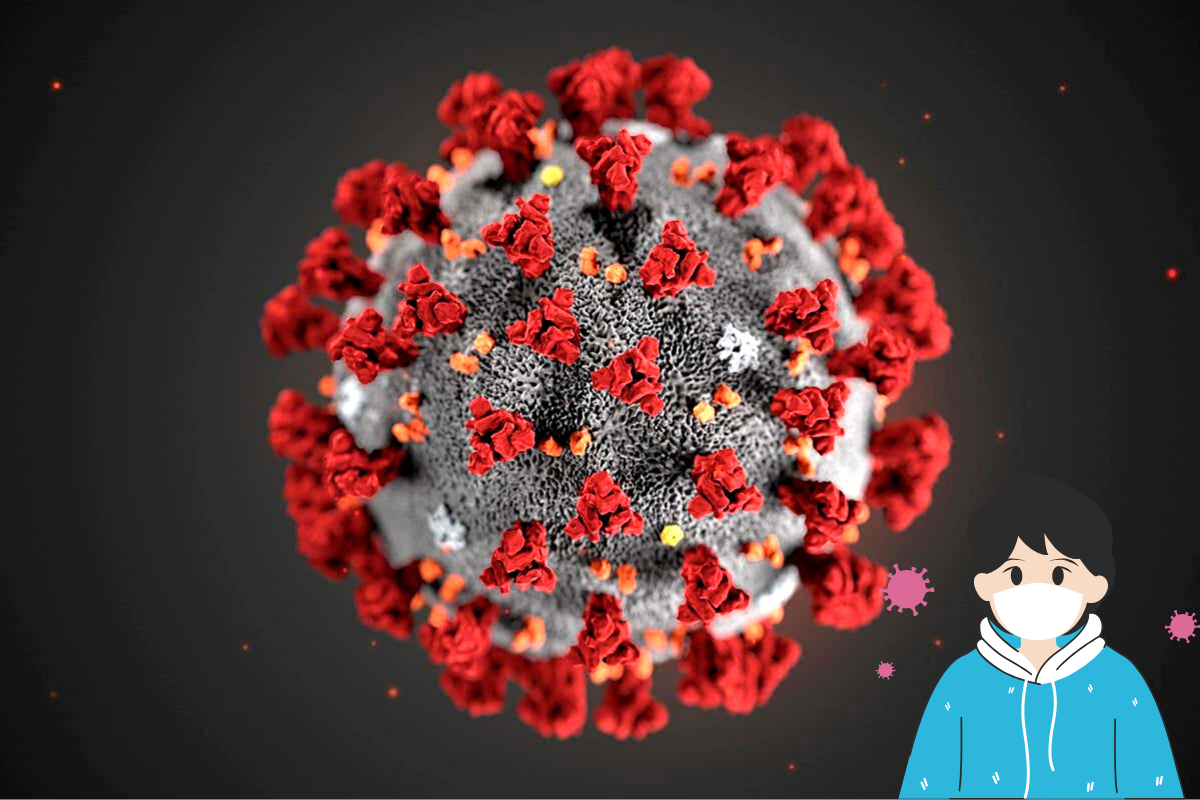China Grapples with Surge in Respiratory Viruses, Including HMPV
China is facing a wave of respiratory illnesses, with Human Metapneumovirus (HMPV), Influenza A, Mycoplasma Pneumonia, and COVID-19 straining hospitals and crematoriums. Reports indicate a significant rise in infections, particularly among children under 14, and social media posts suggest overwhelmed healthcare facilities.
The nation’s health authorities have unveiled plans to implement a trial system for monitoring cases of pneumonia with unidentified causes, aiming to enhance preparedness for potential future outbreaks. This comes amidst concerns of rising respiratory diseases during the winter season. Here’s a closer look at the key viruses driving this health crisis and preventive measures to stay safe:
Human Metapneumovirus (HMPV)
HMPV is a respiratory virus that primarily affects children, the elderly, and those with weakened immune systems. It presents symptoms similar to the flu or common cold, such as fever, cough, and nasal congestion.
- Risks: HMPV can lead to bronchitis or pneumonia in severe cases, particularly in children under five and older adults.
- Prevention:
- Be sure to clean your hands regularly with soap and water.
- Sanitize frequently touched surfaces.
- Maintain distance from unwell individuals.
Influenza A
Influenza A is a subtype of the flu virus that affects humans and animals. It’s a major cause of seasonal flu outbreaks and can mutate rapidly, leading to new strains.
- Risks: It can cause mild to severe respiratory illnesses and complications like pneumonia or sinus infections. High-risk groups include young children, the elderly, pregnant women, and individuals with chronic illnesses.
- Prevention:
- Get an annual flu vaccine to stay protected from evolving strains.
- Maintain good hygiene by washing hands and avoiding contact with sick individuals.
- Follow a healthy lifestyle to boost immunity.
Mycoplasma pneumonia
Mycoplasma pneumoniae is a bacterial organism that leads to “walking pneumonia,” a milder version of pneumonia. It spreads through respiratory droplets.
- Risks: Common symptoms are a continuous cough, sore throat, tiredness, and fever. While typically mild, it can cause severe complications in immunocompromised individuals.
- Prevention:
- Always ensure your mouth is covered when coughing or sneezing.
- Stay home when feeling sick to avoid spreading the illness.
- Consult a healthcare professional if your symptoms become more severe.
General Prevention Tips for Respiratory Illnesses
- Wear Masks: Especially in crowded or enclosed areas.
- Vaccination: Stay updated with vaccines for preventable illnesses like influenza.
- Good Hygiene: Regularly wash hands and disinfect surfaces.
- Healthy Diet: Consume nutrient-rich foods to strengthen immunity.
- Avoid Smoking: Smoking weakens the respiratory system, making it more susceptible to infections.
- Hydration: Drink plenty of fluids to maintain overall health.
China’s Efforts to Manage the Crisis
Authorities have implemented measures to monitor and address the rise in respiratory illnesses. A new system for tracking unknown pneumonia cases aims to enhance preparedness and avoid the delays experienced during the early COVID-19 outbreak.
What Lies Ahead
Health officials predict respiratory infections will continue to rise during the winter and spring months, especially in northern provinces. The situation underscores the importance of vigilance and adopting preventive measures to protect against multiple viral threats.
Understanding these illnesses and their prevention can help individuals safeguard their health and minimize the risk of further strain on healthcare systems.



